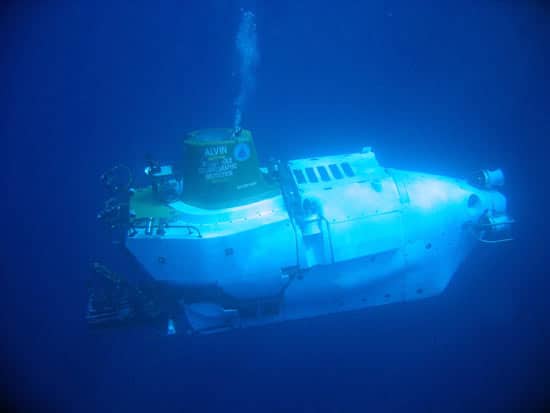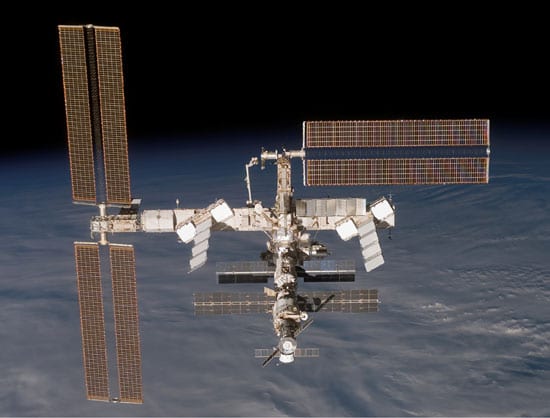First-Ever Call from Alvin Submersible to International Space Station
January 24, 2007
MEDIA ADVISORY
WHO: Timothy Shank, PhD, Associate Scientist, Department of Biology, Woods Hole Oceanographic Institution (WHOI)
Sunita Williams, Astronaut and Flight Engineer, National Aeronautics and Space Administration (ISS Expedition 14)
WHAT: The first link-up between a deep-ocean submersible and the International Space Station (ISS). Listen as WHOI marine biologist Tim Shankdiving in Alvin on the East Pacific Risecompares notes on science in extreme environments and on the value of firsthand human exploration with astronaut Sunita Williams as she orbits on the International Space Station.
WHEN: Friday, January 26, 2007The call will take place at 2:45 p.m. EST and will be broadcast (tape-delayed) on NASA TV immediately following the conclusion of a space station status briefing. The pre-recorded conversation should air sometime between 3 and 3:30 p.m (approximately).
WHY: Tim Shank is co-leader of a National Science Foundation-funded expedition to the famed hydrothermal vent field at 9°N, 104°W, site of an extensive underwater volcanic eruption in 2005-2006. The unusual life in the extreme pressures and temperatures of the abyss have provoked interest from scientists interested in astrobiology. Through February 4, Shank and colleagues are diving daily in the Navy-owned, WHOI-operated Alvin submersible to survey and sample the vents and mid-ocean ridge system as part of the NSF-funded RIDGE 2000 program.
Suni Williams, as a crew member on the space station, is conducting and continuing experiments in plant, animal, and human biology in the extreme environment of space. She also deploys and tests technologies and materials for outer space exploration, much as the oceanographers are using advanced technologies to probe Earth’s inner space.
Students and educators from around the world have been given the opportunity to submit questions to Williams and Shank about their research programs, their common and uncommon experiences, and the challenges of working in space and under water. Those questions will be used to guide the conversation.
WHERE: NASA TV is carried on Direct TV (channel 376), the Dish Network (channel 213), and by most cable television providers. Producers wishing to record the conversation can get more information at http://www.nasa.gov/ntv


